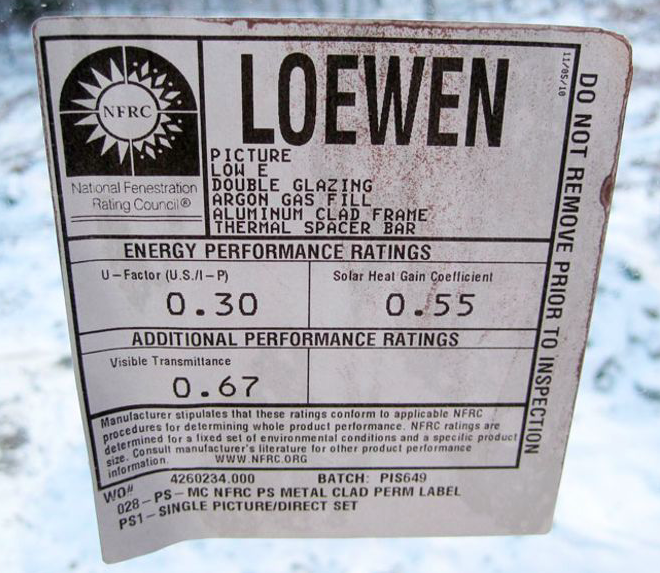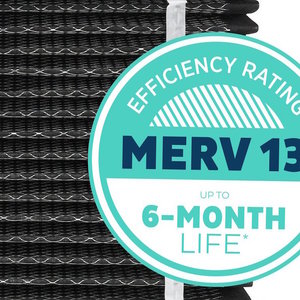
Green building can be confusing. There’s so much, well, science and math. If you didn’t pay attention in high school or college, or majored in say, English, you start out at a disadvantage. At first, it seems pretty simple. You go to the home center to buy insulation and you think you understand it; the greater the R-value, the more heat stays inside. But then you dabble deeper and look at windows, only to find that their energy efficiency is described using U-value, where smaller numbers mean greater energy savings.
English majors will be relieved to find that actual definitions of R-value and U-value can be found in ASTM standard c168. I’ll start with U-value, which is the expression describing heat transfer through an assembly. In the U.S., with our avoidance of all things metric (except for soda and wine bottles), U-value is expressed as Btus (British thermal units) per hour per sq. ft. per degree Fahrenheit.
That’s a lot of “pers.” The lower the U-value of an assembly, the more slowly it transfers heat, and the better an insulator it is. The essence is how much heat (one Btu is the amount of heat required to raise the temperature of one pound of water by one degree Fahrenheit) flows through the assembly in a given time and with a given difference in temperature between one side of the assembly and the other. Difference in temperature is another concept you’ll frequently encounter in green building circles, and the jargon for that is delta-T. The higher the delta-T, the greater the heat flow will be. Think of delta-T as pressure, as in a leaky pipe. Less water leaks out when the pressure is low than when the pressure is high.
…
Weekly Newsletter
Get building science and energy efficiency advice, plus special offers, in your inbox.

This article is only available to GBA Prime Members
Sign up for a free trial and get instant access to this article as well as GBA’s complete library of premium articles and construction details.
Start Free TrialAlready a member? Log in















One Comment
By knowing building R-values and the infiltration rate, heat loss can be calculated with a hand held calculator. Understanding basic building performance can be as simple as that. In 1986, armed with a 1985 ASHRAE Fundamentals Handbook and my brother Dave's computer science degree we decided to try and understand building performance calculations. We started with a 2 page heat loss analysis printout from a superinsulated home I had built. We could see the output for all of the various elements, walls, windows, foundation, ceilings, internal gains, infiltration and solar gain. From this Dave wrote the code to replicate the heat loss printout for the double wall home. A very interesting exercise for both of us. Some of the calculations are quite straight forward, U-value x area. Others such as foundation require above and below grade information along with soil type. Solar F charts are part of the equation and you must have window performance data.
That exercise all of those years ago really helped me understand the nuts and bolts of building efficiency. It can be as simple as hand calculations or as sophisticated as a computer program for a detailed building performance analysis.
Log in or become a member to post a comment.
Sign up Log in